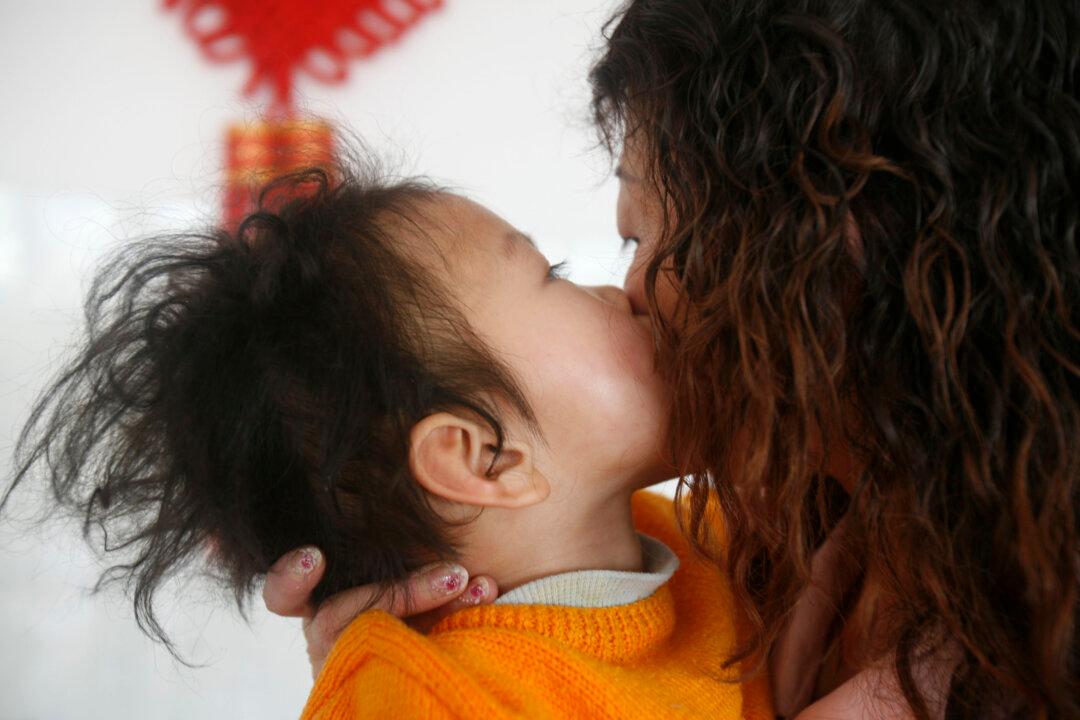A new study from New Zealand has proposed severe brain injury that develops after preterm births, causing long-term illnesses like cerebral palsy, which may have a larger-than-expected window for prevention and treatment.
The University of Auckland team found in animal models that cystic lesions—one of the strongest risk factors for cerebral palsy—seemed to develop over many weeks, and this delay gave them the opportunity to reduce the risk of the disability well after birth.





